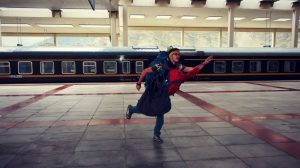
On Tracks to Heaven: The Qinghai-Tibet Railway
After more than 16 amazing days in Amdo it was time to say goodbye to the beautiful east-tibetan province and to proceed to our next very much anticipated destination through the Himalayan plateau: Lhasa and the Autonomous Region of Central Tibet.
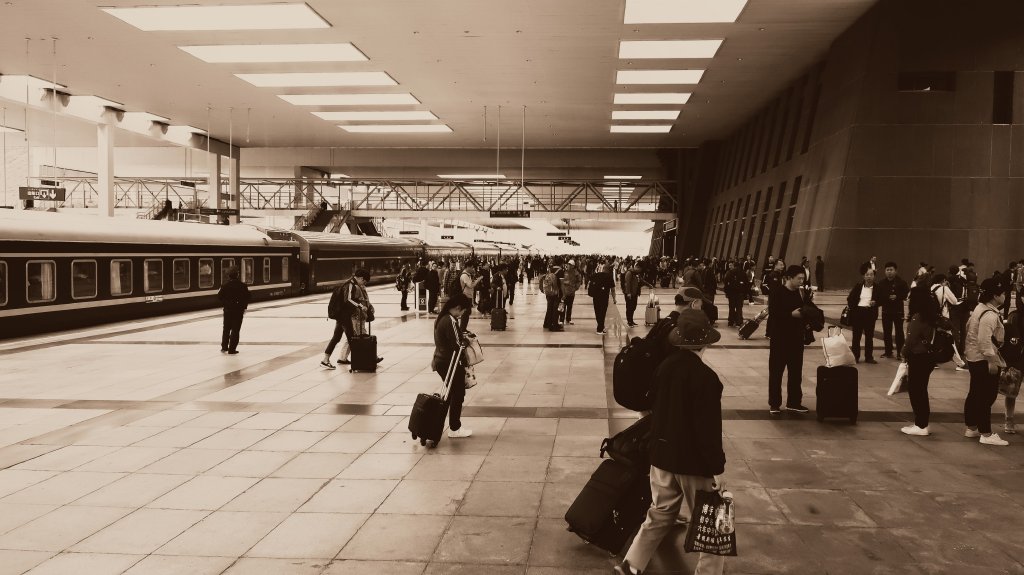
Isa and I have always been big fans of astonishing exotic landscapes, best enjoyed from a high peak or alternatively also through the windows of plains, cars, buses and especially from trains. The latter of these machine-driven panoramic endulgences however was definitely our favourite one!
Thus we were really looking forward to the next 22h of our journey: a 1,956 km ride on the world famous Qinghai-Tibet Railway, also called “Train of the Sky“, from Xining to Lhasa.
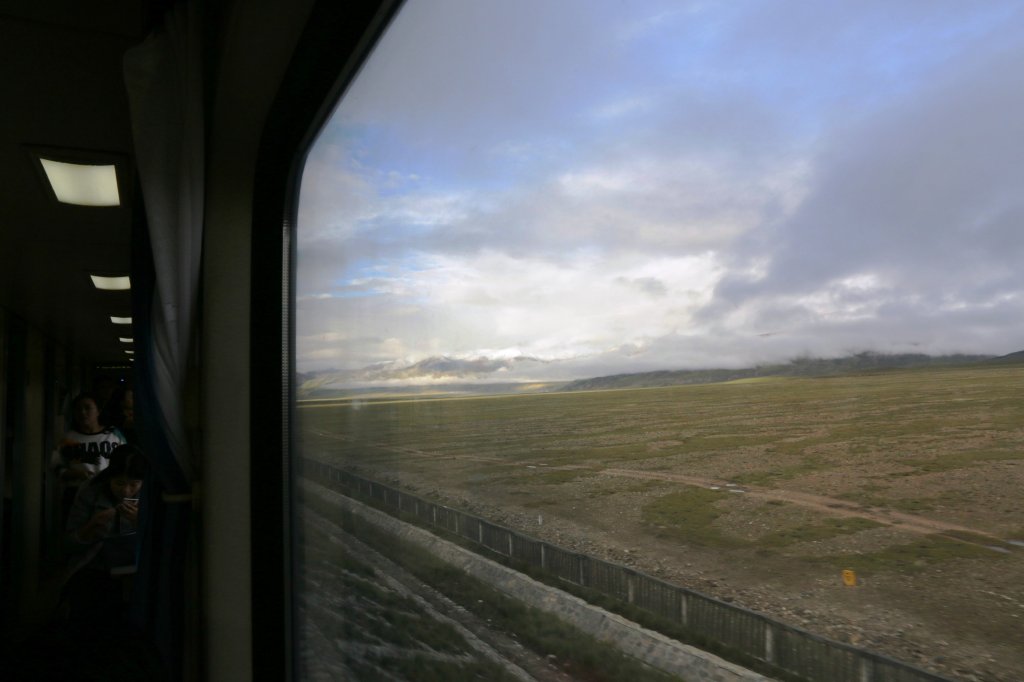
by Matteo Lucca
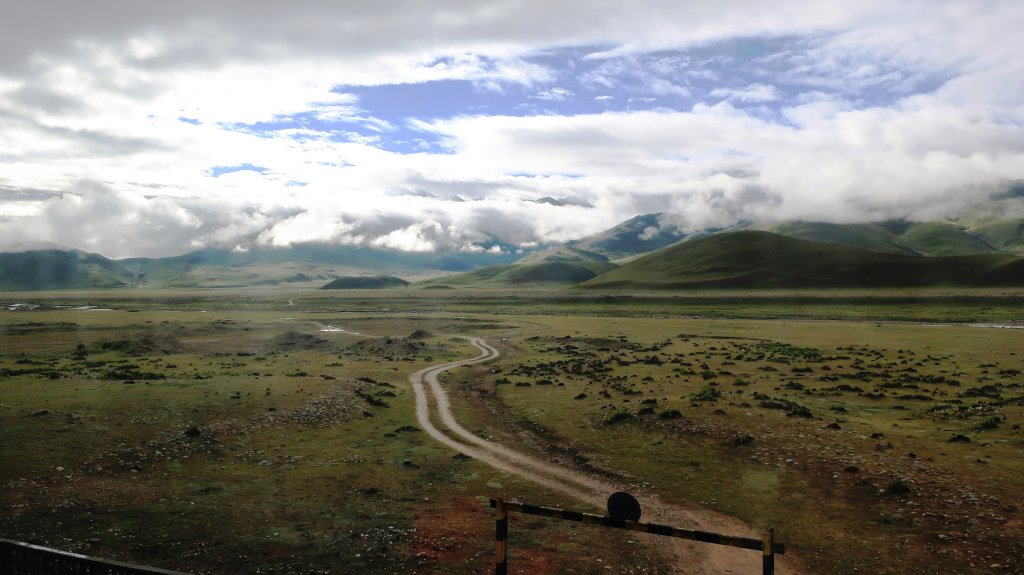
The Qinghai-Tibet Railway is the first one to connect the Tibet Autonomous Region with its high elevation and difficult terrain to any other provinces since its inauguration on 1st of July 2006. Between 800 to 1,000 passengers can travel from far Beijing over Xining to remote Lhasa that way during peak season.
The line is world famous for a few things: One is the Tanggula Pass, which lies at 5,072 m (16,640 feet) above sea level, and therefore is the world’s highest point on a railway. Also the world’s highest railway station, namely the Tanggula railway station at 5,068 m (16,627 feet) can be found along its tracks. So it was necessary to include oxygen gas suppliers in each train compartment to make passing the high altitude as comfortable and safe as possible for the travellers (up to 80% of the track is at an elevation of more than 4,000m). Additionally all passengers have to fill out and sign a special medical form (which was full of funny spelling and grammar mistakes) prior to the ride which can be used by one of the medical doctors who acompany every train in case of an emergency.
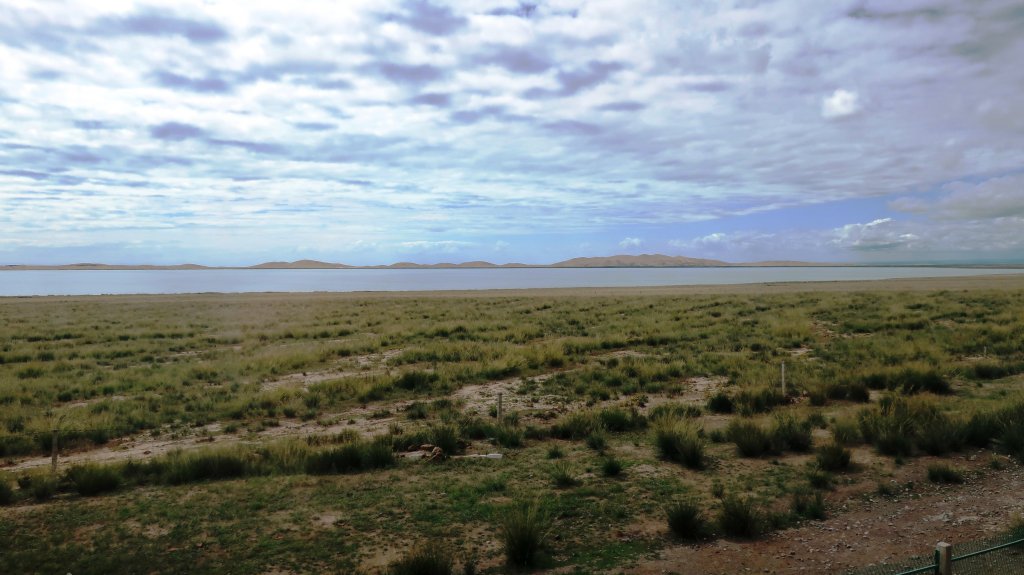
Piece of Kokonor Lake
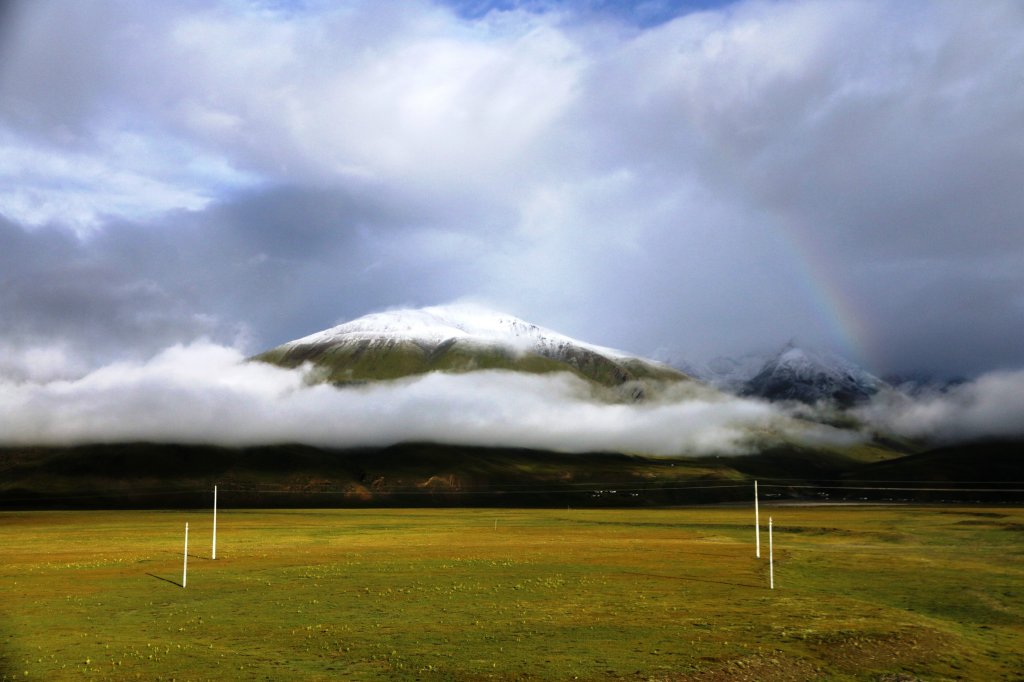
by Matteo Lucca
However even though there are many precautions to high altitude sickness, also known as acute mountain sickness (AMS), the Qinghai-Tibet Railway has caused passengers deaths ever since. [read more=”Read More …” less=”Read Less”]

High altitude sickness can cause strange behaviour!
So the first victim suffered from an heart attack already on 28th August 2006. Many tourists also make the mistake and consider riding the train from Beijing to Lhasa for 2 days as an sufficient acclimatisation to the high altitude of the tibetan plateau – which it is not!
It takes at least 4 to 5 days (depending on your own personal genetic predisposition) when you start at sea level to accomodate to the thin air of Tibet. Normally you would need one or better two stops in between the train track including at least two night sleeps at lower altitudes to adequately adopt to the decreasing oxygen levels of the air.
And still, even after tacking all precautions available, you can still feel some symptoms of AMS like headache, sleeping problems, nausea and vomiting, dizziness or extensive fatigue during the track or when you reach Lhasa in the end.
Alcohol should be strictly avoided and in contrast garlic helps by increasing erythropoesis and the oxygen uptake of the blood.
[/read]
For us fortunately AMS and all these facts and circumstances were of second rank. We experienced our headaches and sleeping disorders by then and were already well accl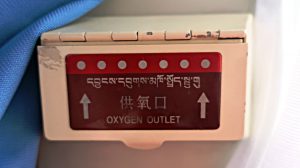 imatized due to our two weeks we spent hiking and collecting medical herbs in Amdo. So we were able to absolutely enjoy the amazing views we encountered after leaving the huge train station of Xining just by looking out of our compartment windows. The Qinghai-Tibet Railway passed by Kokonor Lake (Qinghai Lake), one of the largest salt-water lakes on earth and the largest lake of China. The radiant water often disappeared behind hills or on the far horizon just to reappear unexpectedly after a few kilometers again, giving us a humble idea of its tremendous size. Later we passed the Chaidamu Bassin with its vast grasslands which reminded us of some great plains we saw in Amdo. At sunset we reached the first offsets of the Gormu Salt Desert. The last sun rays turned the salt piles in the wilderness around us into a sea of shiny crystal prisms, before the train plunged into the growing shadows of the night.
imatized due to our two weeks we spent hiking and collecting medical herbs in Amdo. So we were able to absolutely enjoy the amazing views we encountered after leaving the huge train station of Xining just by looking out of our compartment windows. The Qinghai-Tibet Railway passed by Kokonor Lake (Qinghai Lake), one of the largest salt-water lakes on earth and the largest lake of China. The radiant water often disappeared behind hills or on the far horizon just to reappear unexpectedly after a few kilometers again, giving us a humble idea of its tremendous size. Later we passed the Chaidamu Bassin with its vast grasslands which reminded us of some great plains we saw in Amdo. At sunset we reached the first offsets of the Gormu Salt Desert. The last sun rays turned the salt piles in the wilderness around us into a sea of shiny crystal prisms, before the train plunged into the growing shadows of the night.
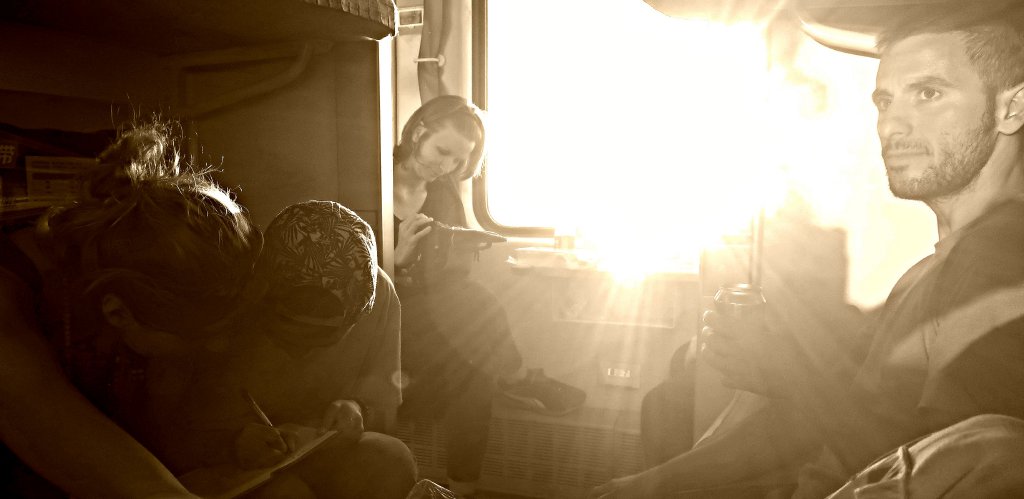
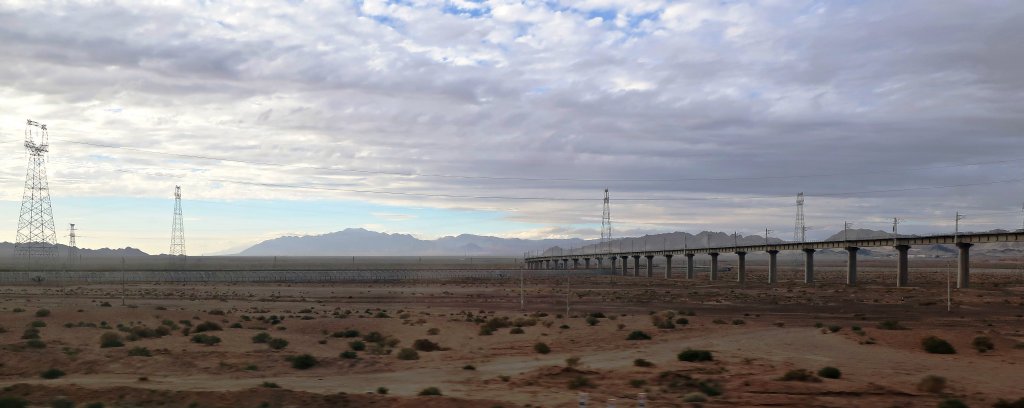
The permafrost ground forces highways and train tracks to be built on piles.
It was a great pity that we spent most of the train ride in darkness and the chinese staff of the Qinghai-Tibet Railway was very strict about turning off the lights and keeping the nightime peace in the wagons too. During the day we enjoyed long talks and lots of laughter with the other members of the Sorig Tour group, with whom we felt a growing connection after all the enriching encounters and experiences we had together in Amdo. Thanks to the high altitude and some alcohol (we strictly advise against this combination!) we quickly started giggling at senseless and stupid things after tasting some cans of tibetan beer and some bottles of chinese wine (which tasted terrible, but hey – Tibet taught us to be modest). Matteo from our group also accepted the challenge to draw portraits of both of us and even gave us some exotic asian facial features as bonuses, as you can check here. Visiting the decent restaurant car of the train turned out to be a tasty idea too and so we were able to top up our biscuit- and fruit-diets with some fried rice and noodles too.
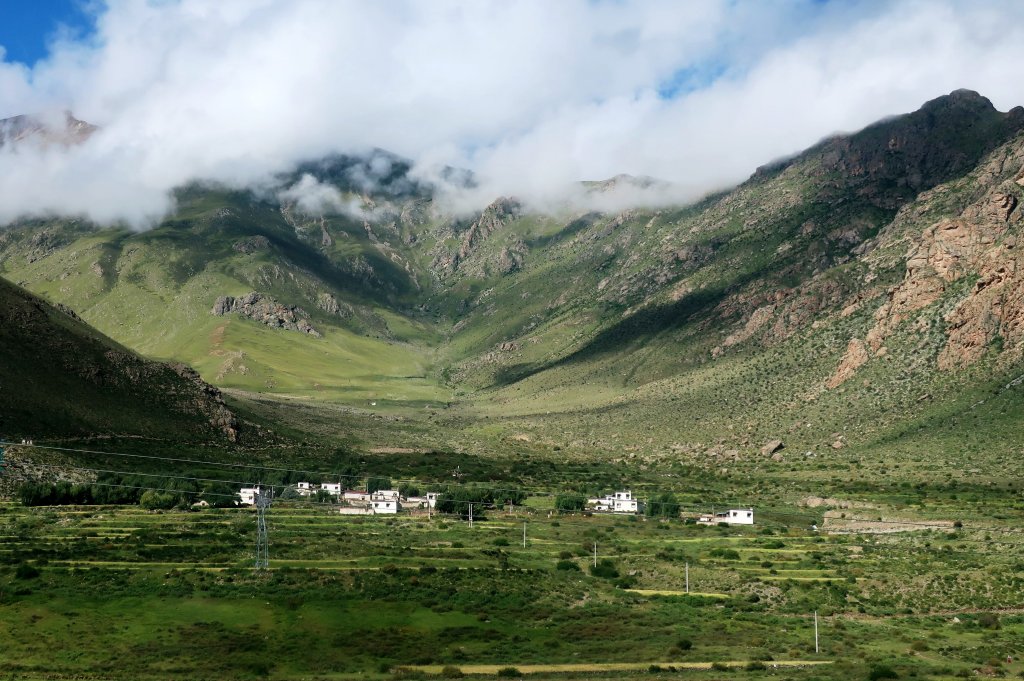
First central tibetan villages with the characteristic white walls
Altogether the long journey passed by very quickly. We did not see or feel anything of the high mountain passes we traversed late at night and sleeped surprisingly deep in the narrow hard compartement beds. Maybe the regular bumping noises of the train and the continous sibilating of the oxygen valves next to our heads made a good combination with the tibetan beer. As a consequence the next things we saw were the characteristic white houses of the central tibetan villages radiating in the morning sun.
We were already close to the holy capitol of all Tibetans, the place of the gods … Lhasa!

Also check out the corresponding FOTO GALLERY for more pictures!

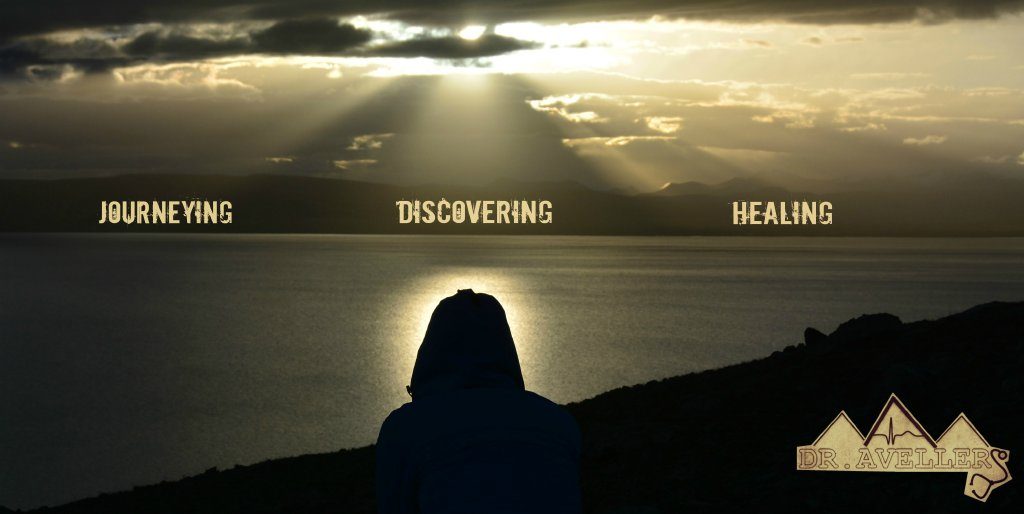
Comments
On Tracks to Heaven: The Qinghai-Tibet Railway — No Comments
HTML tags allowed in your comment: <a href="" title=""> <abbr title=""> <acronym title=""> <b> <blockquote cite=""> <cite> <code> <del datetime=""> <em> <i> <q cite=""> <s> <strike> <strong>